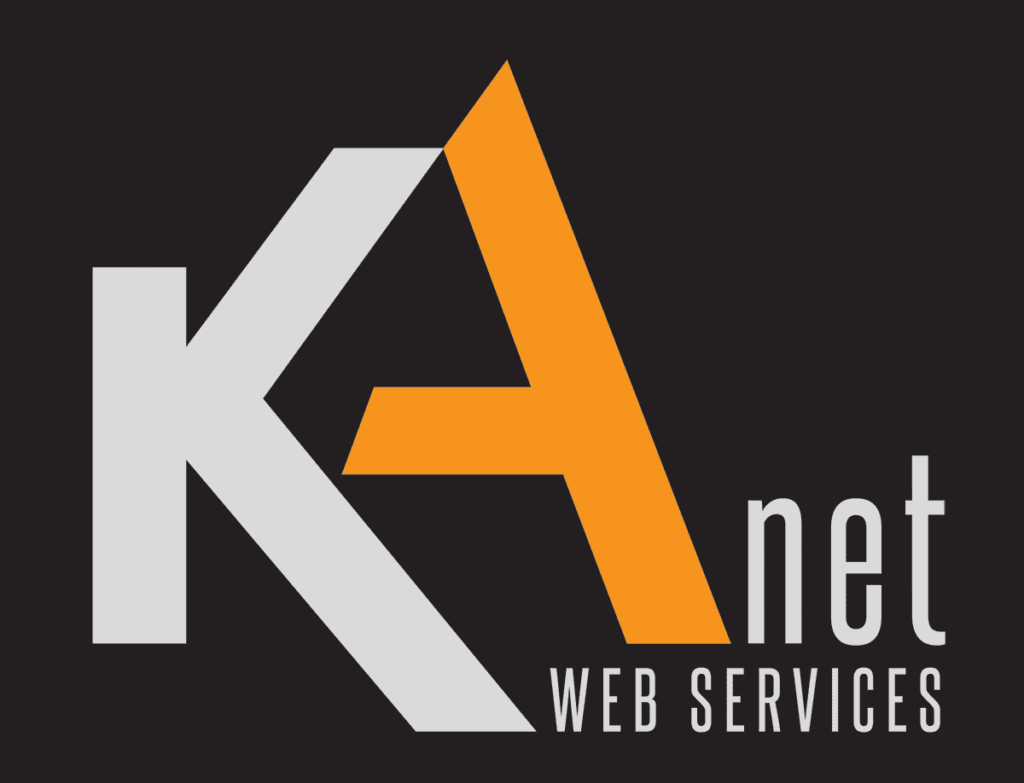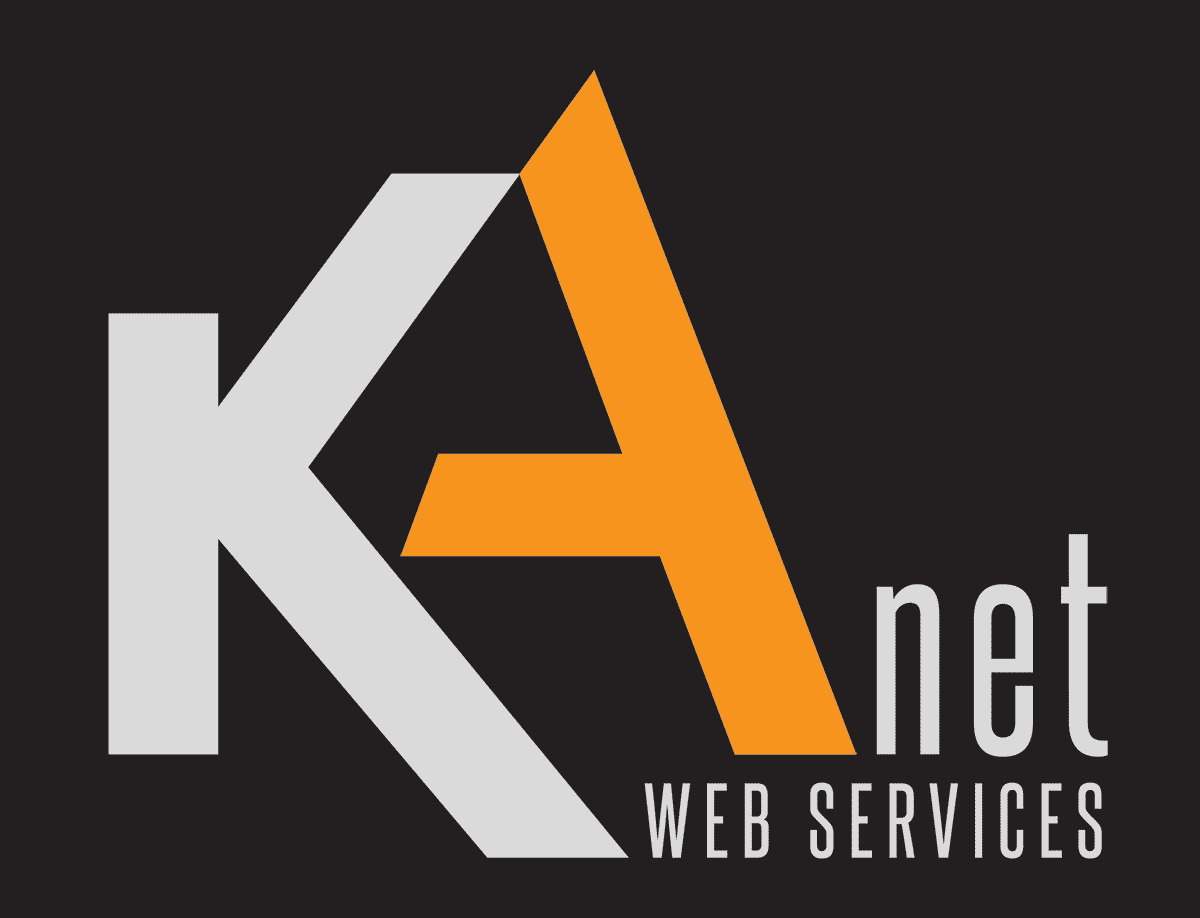FAQ
Knowledge base on issues concerning Webdesign, SEO, Google promotion, Logo design, Graphic design etc…
There is no direct answer to this question as the time needed to create a website varies, depending on the project complexity, on the client’s special demands and the actual design complexity.
It is important to clarify that a so called “small” website doen’t necessarily mean it will also be a “simple” website. This is a trap that most web designers fall into, especially at the beginning of their career. Good planning, strict structure and a solid contract with the client are among the first tasks to complete, before even striking a key on your keyboard.
Just like in the previous question, price highly depends on the type and the complexity of the website. Is the website static or dynamic? Is it an e-commerce website… ?
In many occassions, clients request additional services from web designers. These services may include graphic design, content management, SEO plans, hosting, script creation… the list is long. These certainly add up to the cost and they often involve hiring other people to complete the these tasks.
Feel free to contact us and describe your dream website so that you get a quote.
Redesigning a website could be very simple. Sometimes, all it takes is minor modifications such as styling it differently, changing font type, adding quality images …. This type of redesign is quite affordable and fast to complete, again, depending on the client’s demands.
In most cases, however, redesigning a website takes a whole new meaning. For example, turning the website responsive, changing CMS or even changing template to an entirely different one, all these demand the creation of a brand new website.
So, a website redesign might take anything from a few hours to several weeks.
Generally speaking, your website should follow some rules that will keep it up-to-date for as long as possible. This is easier said than done, however. Demands from browsers and search engines often change drastically and “force” website owners to redesign or recreate their website much sooner than expected.
The rule (if there is such a thing) is that you update your website every 3-4 years, so that its look remains updated. That, on ots own, is a strong marketing strategy, showing that the business really cares about its clients and considers internet as a major source of income.
So, before hiring a professional designer to do the task, make sure that your requirements include the following:
- Responsiveness for all mobile devices such as small and large smartphones and tablets.
- Website speed, so that you do get the audience your business needs.
- Security, because nowadays, websites face several attacks each day (or each minute, if they are targeted).
- Regular backup to an external hard drive, just in case.
Although static websites are considered by most a thing of the past, there are still many such websites live today. The reason is that many businesses do not need to have a multi-page website that often requires data modification.
In simple terms, a website of up to 10 or even 15 pages with a standard content can easily be created with plain html and css, without the need of a CMS (Content Management System).
BUT, for a website that often needs new data or a blog, there is no option other than using a CMS, thus creating a dynamic website. With the addition of relevant tutorials and the proper encouragement, business owners may soon take control of their website management and keep maintenance costs down.
A CMS (Content Management System) is a platform (software) that stores data and manages content using a database. By far the most widely known and used is WordPress. It is estimated that approximately 35% of the websites use WordPress, as it is fairly easy to learn, especially when it comes to creating a standard website or a blog.
However, other CMSs you can use are Joomla, Drupal, Magento and PrestaShop.

